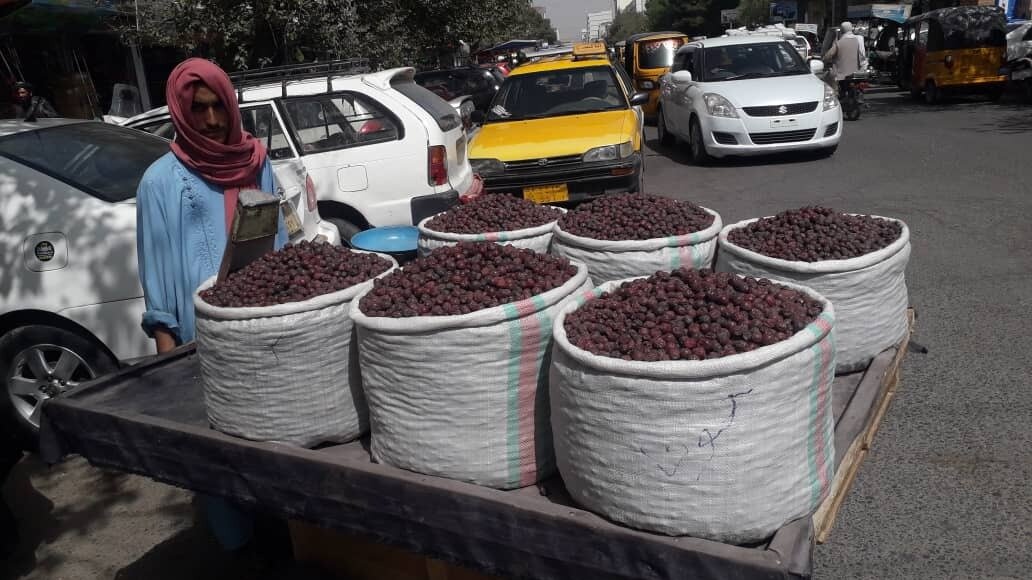Adroit conducted comprehensive value chain assessments for saffron, silk, and raisins to enhance local economic development and identify promising value chains in Afghanistan through 1000+ surveys, focus group discussions, key informant interviews, and market observations.
The importance of a value chain approach lies in its ability to address the interconnected nature of economic activities. For instance, the water, energy, and agriculture sectors are deeply intertwined in the production of crops and food products. Analyzing these interdependencies is crucial for devising integrated and sustainable strategies for economic growth and resource management. It aims to prioritize inclusivity, gender equality, and sustainability, ensuring that the benefits of economic growth are equitably distributed among local communities and that natural resources are managed responsibly for future generations. For this project, a comprehensive Value Chain Assessment (VCA) was conducted to identify and analyze key sectors and value chains within Herat, Farah, and Badghis.
Project Overview
The project, funded by the Danish Refugee Council (DRC), involved an in-depth value chain analysis (VCA). Initially, it focused on evaluating DRC-recommended value chains such as saffron, silk, and raisins. Additionally, the project aimed to identify three more promising value chains within the provinces of Herat, Farah, and Badghis. Data collection for product identification and value chain analysis took place in the following districts: Zinda Jan, Pashton Zarghon, and Injil in Herat province; Bakwa, Pusht-e-Rod, and Qala-e-Zard in Farah province; and Qadis, Ab Kamary, and Qala-e-Naw in Badghis province.
Throughout the project duration, six new products were identified for value chain analysis. However, as the project’s scope allowed in-depth analysis for only three additional products, the GIZ Value Chain Selection Tool 1was utilized to determine the most promising value chains. Consequently, the in-depth analysis covered saffron, silk, honey, pistachio, raisin, and jujube.
This included 40 focus groups with primary producers, 455 questionnaire-based surveys targeting entrepreneurs, 100 participant observations, and 40 key informant interviews involving various stakeholders.
Our Approach
For this project, both identifying and analyzing value chains were distinct requirements. Initially, a thorough secondary review of online literature was conducted to pinpoint key value chains. This led to the identification of potential products for analysis. To narrow down the selection, key informant interviews with provincial business chamber members were conducted. The final selection of the most promising value chains for in-depth analysis was made using the GIZ Value Chain Selection Tool.
Subsequently, data collection for the six selected value chains included focus groups with primary producers, questionnaire-based surveys with aggregators or processors, market shed studies, key informant interviews with wholesalers and retailers, and participant observations in relevant markets.
In comprehensive value chain analysis, managing the involvement of numerous stakeholders is crucial. Therefore, mapping stakeholders meticulously is essential. This was achieved through market shed studies at local, district, and provincial levels. Additionally, understanding the backward linkages, which involve the resources required for production, was vital to grasp the production system and the value changes at each stage of the value chain.





